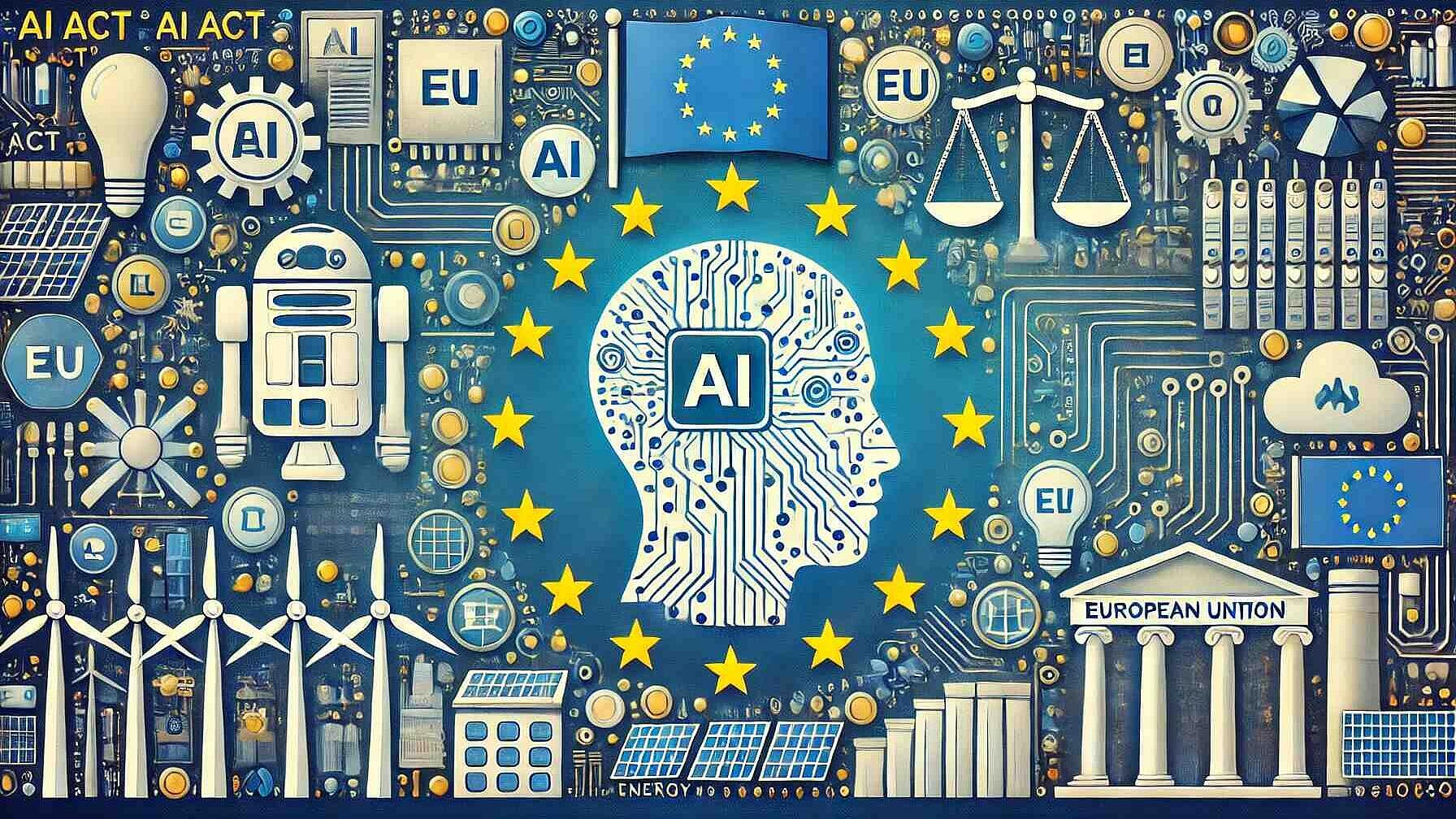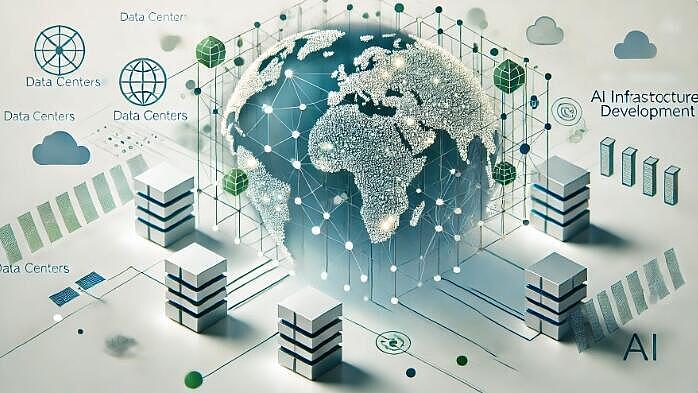 Renewable Energy
Renewable Energy3 ways AI can support energy management
Summary
There are several ways that AI can be used to support energy management. The field of AI for energy efficiency is an active area of research and development, and new applications are being discovered all the time.
Typical areas for a wide range of applications are predictive maintenance, energy efficiency optimization for buildings and industry and the smart grid.
Open full article
3 ways AI can support energy management
There are several ways that AI can be used to support energy management. Here are a 3 examples:
Predictive maintenance
Predictive maintenance (PdM) is a technique that uses data from sensors and other sources to predict when equipment is likely to fail, so that maintenance can be performed before a failure occurs. This can help reduce downtime, increase equipment lifespan, lower maintenance and energy costs.
Artificial intelligence (AI) can be used to support predictive maintenance in a number of ways:
- Machine learning (ML) algorithms can be used to analyze sensor data and other information to predict when equipment is likely to fail. This can be done by training a model on historical data and then using it to make predictions about future failures.
- Computer vision can be used to monitor equipment condition in real-time, and alert maintenance teams when something is amiss. This can include detecting cracks, wear, vibration, or other signs of equipment degradation.
- Natural Language Processing (NLP) can be used to extract valuable insights from unstructured data like service reports, operator logs, and maintenance tickets to identify patterns of failure and provide recommendations for corrective actions.
- Optimization algorithms can be used to schedule maintenance tasks based on equipment usage, condition, and the availability of resources, such as technicians, parts, and tools
- Anomaly detection algorithms can be used to identify unusual patterns of data from sensor that may indicate equipment failure before it happens
However, It is important to note that using AI for PdM requires a significant amount of data to be collected and cleaned, as well as high quality labeled data for training models. It also need a good understanding of the specific system that's being monitored, as well as an appropriate infrastructure for storing, processing, and analyzing data.
Energy efficiency optimization
There are many ways that AI can be used to support energy efficiency optimization. Some examples include:
- Smart building control: AI-powered smart building control systems can optimize the energy usage of heating, cooling, and lighting systems. They can also monitor the occupancy of a building and adjust the systems accordingly.
- Industrial process optimization: AI-powered industrial process optimization can help to improve the efficiency of industrial processes. For example, by analyzing sensor data from equipment, an AI system can optimize production schedules, reduce waste, and improve the overall energy efficiency of the process. EEIP is involved in a project called Retrofeed which is using this approach to enable variable, biobased and circular feedstock or check article “State of the art of the industrial digital landscape”.
- Demand-side management: AI-powered demand-side management systems can be used to help consumers manage their energy usage. By analyzing energy usage data, an AI system can provide consumers with personalized recommendations for reducing their energy consumption, this can be done through smart home devices or mobile applications
- Fault detection and diagnosis: AI can be used to detect and diagnose faults in energy systems. This can help to reduce downtime and improve the overall efficiency of the systems.
These are just a few examples of how AI can be used to support energy efficiency optimization. The field of AI for energy efficiency is an active area of research and development, and new applications are being discovered all the time.
Smart Grid
The use of AI for smart grid operations is gaining traction and there are several ways that AI can be used to support a smart grid:
- Demand response: AI-powered algorithms can be used to predict energy demand and adjust supply accordingly. For example, if demand is predicted to be high during a certain time of day, the grid can adjust supply by increasing production from renewable energy sources or decreasing consumption by temporarily turning off non-essential systems. In “grid-wording” this is also called flexibility services and part of another project EEIP is involved, called OneNet.
- Energy forecasting: AI can be used to forecast the amount of energy that will be generated by renewable sources, such as solar and wind power. This can help grid operators to better plan for the integration of renewable energy sources into the grid.
- Grid optimization: AI can be used to optimize the operation of the grid by analyzing data on power flow, voltage levels, and other factors. This can help to improve the overall efficiency and stability of the grid.
- Smart appliances control: AI can be used to control and monitor smart appliances in households such as HVAC, refrigeration, lighting to better align them with energy demand patterns, this can help to reduce peak energy demand and improve the overall energy efficiency.
- Anomaly detection: AI can be used to detect anomalies in the grid, such as equipment failures or power outages. This can help to quickly identify and address issues before they cause widespread disruptions to the power supply.
- Fraud Detection: AI can help detect energy theft and meter tampering, reducing loss to energy providers.
- Human in the loop: An AI system that's trained on historical data can suggest recommendations to the grid operators and allow human to review the decision and override it when needed.
Depending on the specific needs and characteristics of the grid in question, different approaches will likely be more or less effective.



